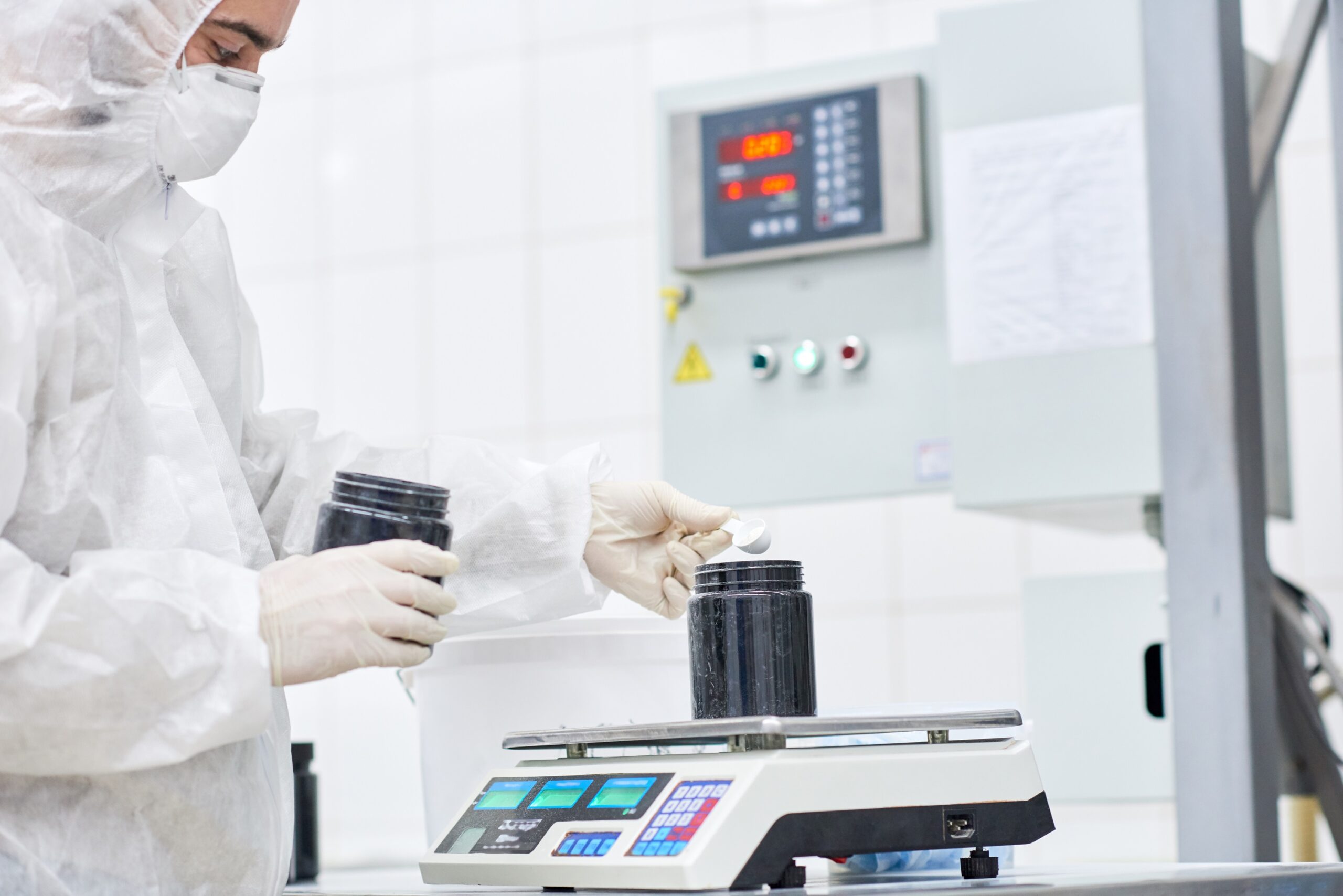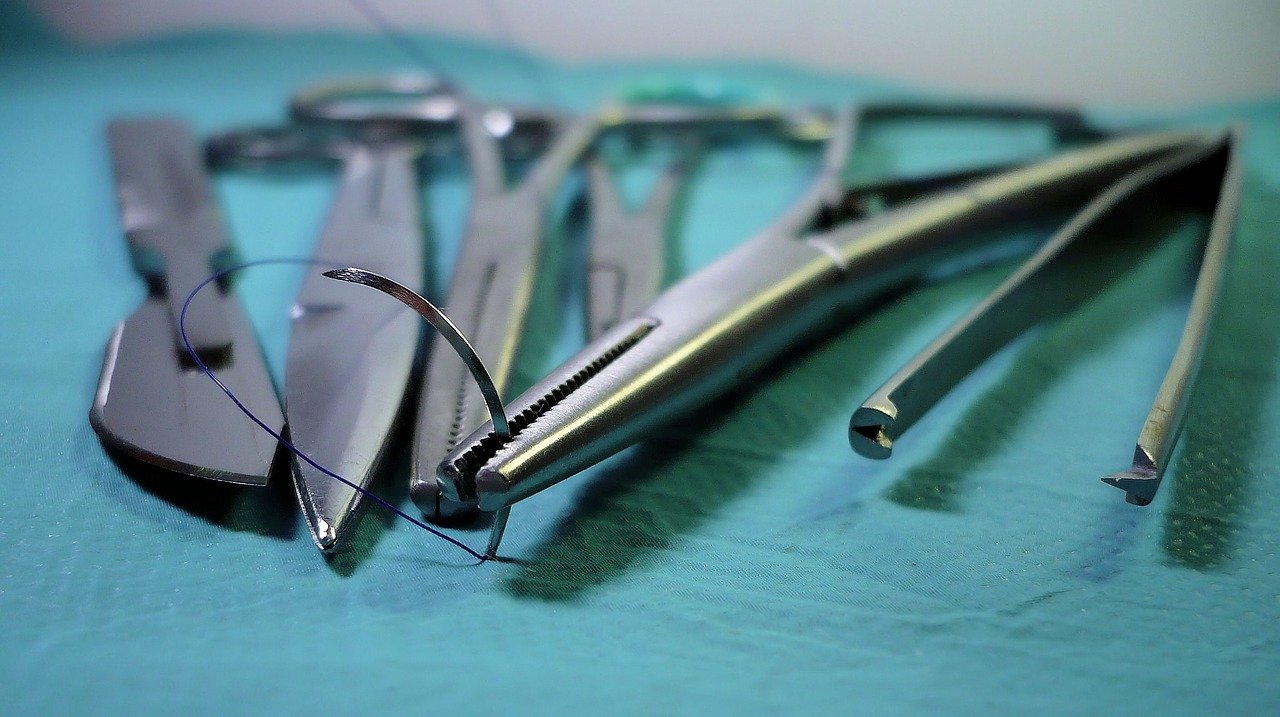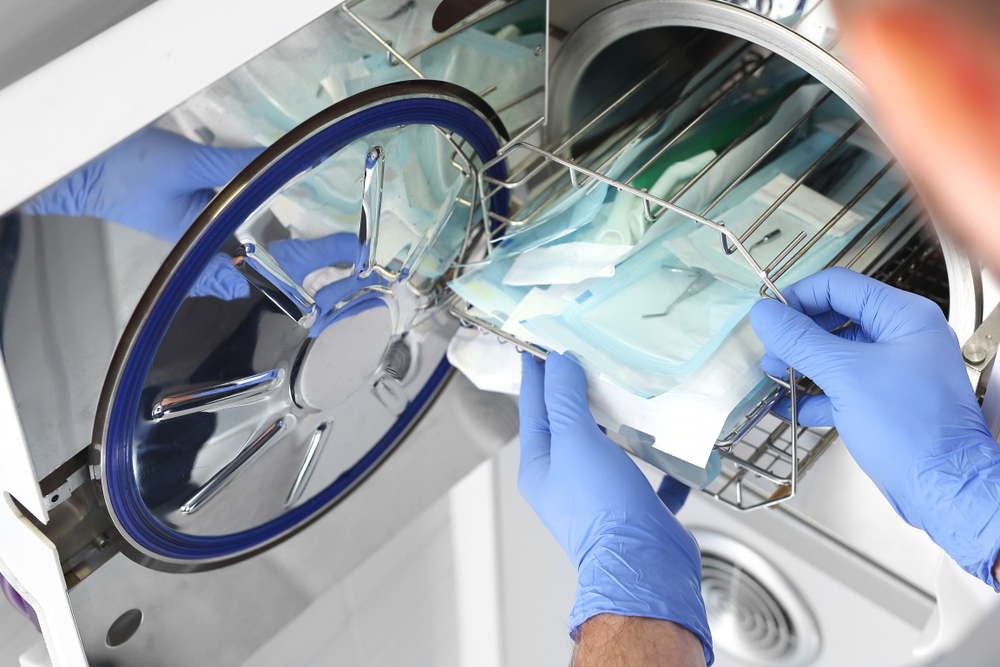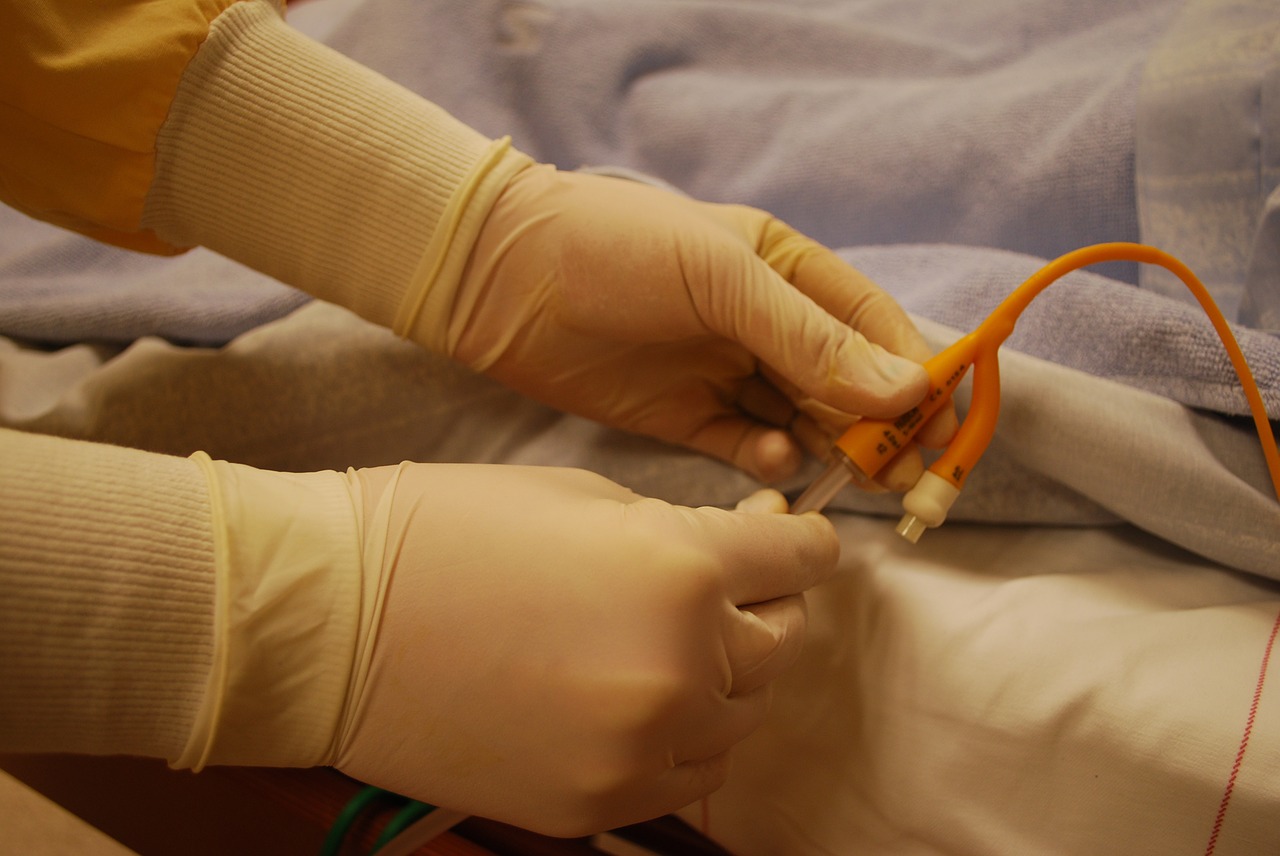The US Food and Drug Administration (FDA) has released final guidance on its new Safer Technologies Program for Medical Devices (STeP).
The guidance document for the program, titled “Guidance for Industry and Food and Drug Administration Staff,” was updated this week with the new guidelines.
The program is geared towards medical devices that demonstrate significant improvements in safety over current treatments for diseases or conditions with morbidities and mortalities that are less serious than those eligible for the agency’s Breakthrough Devices Program. This includes non-life-threatening or reasonably reversible conditions.
The FDA instituted STeP to help developers of safer devices and diagnostics for conditions excluded from the Breakthrough Devices Program to benefit from prioritized review and enhanced communication with the agency throughout the development process.
Related: First Four Eligible Device Types Announced Under New FDA Pathway
The FDA has recently been committed to developing more policies and programs to improve and promote the access of innovative, safe and effective treatments for patients.
The Breakthrough Devices Program itself supersedes the Expedited Access Pathway and Priority Review Program. The Breakthrough Devices Program is intended to expedite the development and review of certain devices that meet the designation criteria for the program and treat life-threatening or irreversibly debilitating diseases or conditions (from the FDA document).
And now STeP is another step (no pun intended) towards making medical device innovations more readily available to patients in a timely manner.
While programs like the Breakthrough Devices Program target treatments and diagnostics for serious or rare conditions, the new STeP program address the gap created by that program which left behind non-serious or life-threatening diseases.
STeP is modeled on the Breakthrough Devices Program and similar to it, it intends to facilitate “interactive and timely communications, early engagement on Data Development Plans (DDPs), sprint discussions and senior management engagement.”
The guidance for the voluntary STeP program provides additional support to developers of devices that significantly improve on existing products but do not meet all the criteria for the Breakthrough Devices Program. Statutory standards for premarket approval including de novo marketing authorization and 510(k) clearance are maintained under the program’s guidelines.
Concerns Raised by AdvaMed
The initial STeP guidance document was drafted in 2019. However, AdvaMed (Advanced Medical Technology Association), an American medical device trade association that represents medical device companies based in Washington, raised concerns over elements of the draft.
The lobbying group criticized parts of the document, particularly with respect to what qualifies as a “significant” improvement to patient safety. They asked for the FDA to “provide a clear and detailed definition of ‘significantly’ when describing the requirement for inclusion in the program.”
Addressing this, the final guidance now contains additional information on eligibility criteria. The document features a new paragraph that states the FDA will “evaluate the significance of the safety benefit within the context of the overall benefit-risk framework for the particular device and proposed intended use.”
The agency says it will take factors such as the patient population and severity of the safety issue into consideration in evaluations.
The FDA outlines that devices will be assessed with respect to reducing the occurrence of a known serious adverse event.
More Specifics
The program’s guidance document also offers examples of some types of medical devices that would qualify under the program. For example, an implant may be eligible if it is “reasonably expected to significantly reduce or eliminate debilitating symptoms” associated with similar products. In vitro diagnostics that monitor and evaluate serious adverse events associated with newly approved drugs may also qualify.
The final guidance also emphasizes and provides more detail on device qualification with respect to demonstration of improved safety over an existing device or intervention. The FDA offered an example of a pediatric illness that is presently treated with multiple surgeries. If a new device could treat the illness through a single intervention, then it could quality for STeP. Similarly, a device that forgoes the need for invasive sampling could also be eligible.
The FDA also added additional details to a section on the regulatory path of the program, clarifying that statutory and regulatory requirements applicable to a device are not affected by being under STeP. In addition, the FDA also made clear that acceptance into the program does not entail that a device is “safe” or “safer.” Acceptance into the program only means there is a “reasonable expectation” that a device may significantly improve on the current risk-benefit profile according to
The FDA says it may need up to 60 days to fully launch the program. The agency says it will not accept requests for inclusion in STeP while it is setting up the program. They anticipate accepting program entrance requests beginning on March 8. The FDA will share more details on the program in an upcoming webinar on February 1.












Join or login to leave a comment
JOIN LOGIN